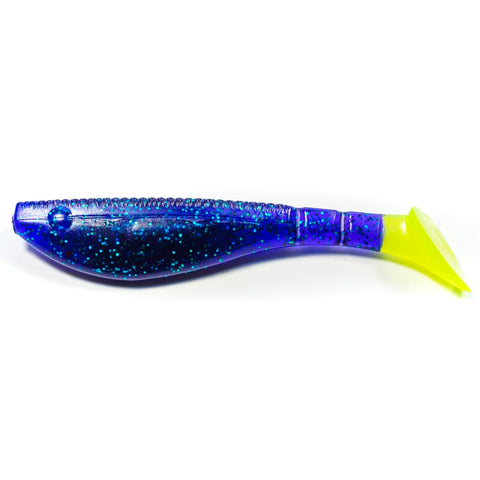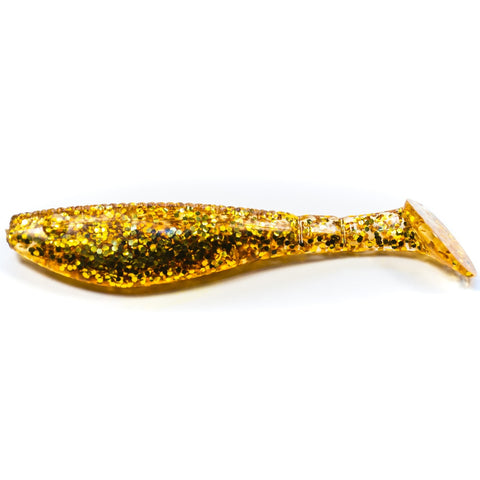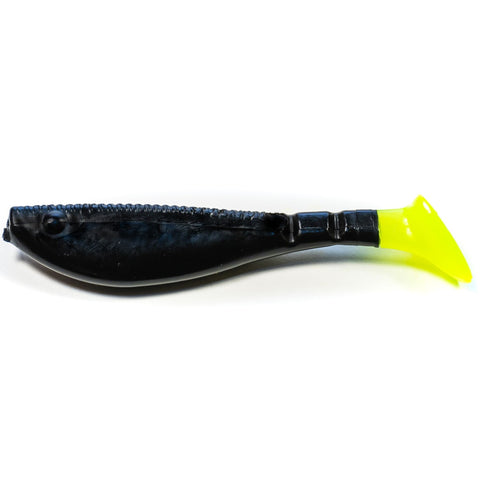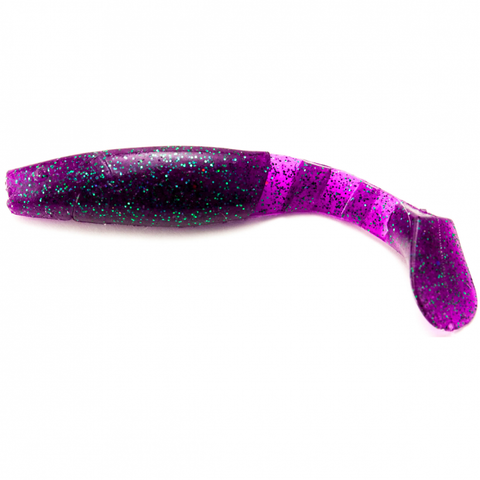Fisheries Management: Part 1
Coastal recreational and commercial fisheries are among the most important natural resources in the United States. In 2011, commercial and recreational saltwater fishing supported 1.7 million jobs and generated $199 billion in revenue (NMFS 2011). In the Gulf of Mexico alone, total recreational fishing and fishing related equipment expenditures were $9.8 billion (NMFS 2011). Unfortunately, two-thirds of harvested marine species for which population data exist are either at or below sustainable levels (NMFS 2011), and capture fisheries production has been stable since the late 1980’s, as seen in the following depiction. (SOFIA 2014).
Stock enhancement (SE), or the release of cultured fish into the wild to support native fisheries, has been used since the late nineteenth century. The goal of SE typically is to overcome the phenomenon of recruitment limitation (Munro and Bell 1997, Doherty 1999) in which the natural supply of juveniles fails to reach the carrying capacity of the habitat even though there may be sufficient numbers of spawning adults; however, it is also possible to supplement wild stocks without regard to the level of recruitment to simply support increased fishing pressure (Lorenzen 2005). Although much effort has been put into marine SE since its popularization in northeastern states in the late nineteenth century, the effectiveness of stocking marine species is not well understood and techniques for ensuring success have not been well developed.
Freshwater SE practices, largely salmonid-based, have proven to be successful. Indeed, Alaskan hatcheries have produced 27-63 million adult salmon annually since the early 1990’s, accounting for 14-37% of the common-property statewide commercial harvest (Heard 2011). During the years of 2005-2009, Alaskan hatcheries released an average of 517 million juveniles annually, accounting for 2%, 9%, 19%, 20%, and 78% of the Pink, Sockeye, Chinook, Coho, and Chum Salmon commercial harvest, respectively (Heard 2011). However, SE success stories for marine finfish are rare. One of few such success stories is flounder stock enhancement in Japan, which resulted in as much as a 30% recapture rate with enhanced fish constituting 33% of the fishery (Masuda and Tsukamoto 1998). Numerous countries throughout the world practice finfish SE, including Australia (Black Bream and Barramundi) (Taylor et al. 2005), and Norway (Cod, Haddock, and Halibut) (Moksness 2004). In the United States, SE programs include Striped Bass and Red Drum in Alabama and Red Drum and Snook in Florida (Leber 2004). Texas, however, is perhaps the biggest practitioner. Since 1983, over 568 million Red Drum and 50 million Spotted Seatrout have been released in Texas waters (McEachron et al. 1998, Blaxter 2000).
To realize the potential of SE, better science is needed to evaluate the many uncertainties that impede our understanding of SE potential (Hilborn and Walters 1992). The uncertainties that have inhibited marine SE have been associated with two issues (Lorenzen et al. 2010). First, the lack of technology for tagging early life stage hatchery-reared fish (HRF) prohibited quantifying recoveries and analysis of SE impacts on wild stocks. This issue has been largely alleviated with the development of coded-wire and genetic tags. Coded-wire tags are ideal for tagging early life stages in that they are less intrusive than dart tags and allow detailed record keeping. Alphanumeric coding on each tag allows identification of each release group, allowing for the collection of quantitative data. Genetic tagging is also becoming a viable resource for quantifying stock enhancement success and impacts on fisheries. Genetic tagging offers all the benefits of coded-wire tags, is less invasive, and can be used on smaller fish than coded-wire tags. Also, while coded-wire tags are retained well (80% or more), genetic tags will never be lost. The second major impediment for marine SE has been the inability to mass culture fish beyond larval stages for release (Lorenzen et al. 2010). This too has been addressed with advancing knowledge of fish culture, nutritional requirements, optimum density, and disease control. Even so, post-release recapture rates continue to be low, and suggest poor post-release survival. Leber et al. (1996) and Leber and Acre (1996) recaptured 2.8% of released Striped Mullet that were stocked by The Oceanic Institute of Hawaii. Tringali et al. (2008) showed a recapture rate of about 6% in Red Drum released in Florida. Hatchery-reared Snook in Florida represented 6-12% of the total number of juvenile Snook sampled about five months after release near the release site (Brennan and Leber 2002). Leber (2006) found about 3% of adult Snook sampled during annual sampling events were hatchery-reared Snook. More effort is needed to alleviate currently existing population strains that are placed on highly prized recreational fisheries…Part 2 to follow!
A Preview for Part 2
Part 2 will discuss the Active Adaptive Management, which is the driving force behind this series on using stock enhancement to address the future of fisheries resources, as well as recreation species of concern in which stock losses are being mitigated for through the implementation of stock enhancement.
Support a 100% MADE-IN-USA company!
Thanks for reading! If you enjoyed the read, subscribe to our newsletter. Be sure to check out our shop, and don’t forget to follow us on Facebook here (Boca Chica Bait Company), Instagram here (@bocachicabaits), and Twitter here (@bocachicabaits).
Thanks for reading and tight lines,
Taylor – Founder of Boca Chica Baits
Literature Cited
- National Marine Fisheries Service. Unpublished data 2011. Commercial fisheries landing statistics. Miami Laboratory, Sustainable Fisheries Division, Miami, Florida.
- The State of World Fisheries and Aquaculture 2014. 2014. Rome: FAO.
- Delgado, C.L., W. Nikolas, R.W. Mark, M. Siet, and A. Mahfuzuddin. 2003. ‘Outlook for fish to 2020: Meeting global demand’. Agriculture and the Environment Initiative. International Food Policy Research Institute.
- Munro, J.L., and J.D. Bell. 1997. ‘Enhancement of marine fisheries resources’. Reviews in Fisheries Science 5 (2): 185-222.
- Doherty, P.J. 1999. ‘Recruitment limitation is the theoretical basis for stock enhancement in marine populations’. pp. 9-21. In: B.R. Howell, E. Moksness, T. Svasand. (eds.). Stock Enhancement and Sea Ranching. Fishing News Books/Blackwell Publishing, Oxford.
- Lorenzen, K. 2005. ‘Population dynamics and potential of fisheries stock enhancement: practical theory for assessment and policy analysis’. Philosophical Transactions of the Royal Society B: Biological Sciences 360 (1453): 171-189.
- Heard, W.R. 2011. ‘Overview of salmon stock enhancement in Southeast Alaska and compatibility with maintenance of hatchery and wild stocks’. Environmental Biology of Fishes 94 (1): 273-283.
- Masuda, R., and K. Tsukamoto. 1998. ‘Stock enhancement in Japan: Review and Perspective’. Bulletin of Marine Science 62: 332-338.
- Taylor, M.D., P.J. Palmer, D.S. Fielder, and I.M. Suthers. 2005. ‘Responsible estuarine finfish stock enhancement: an Australian perspective’. Journal of Fish Biology 67 (2): 299-331.
- (eds.). Stock Enhancement and Sea Ranching. Fishing News Books/Blackwell Publishing, Oxford.
- McEachron, L.W., R.L. Colura, B.W. Bumguardner, and R. Ward. 1998. ‘Survival of stocked Red Drum’. Texas Bulletin of Marine Science 62: 359-368.
- Blaxter, J.H.S. 2000. ‘The enhancement of marine fish stocks’. Advances in Marine Biology, January, 1-54.
- Hilborn, R. and C.J. Walters. 1992. Quantitative fisheries stock assessment – choice, dynamics and uncertainty. Chapman and Hall, New York, N.Y. pp. 570.
- Lorenzen, K., U.S. Amarasinghe, D.M. Bartley, J.D. Bell, M. Bilio, S.S. de Silva, C.J. Garaway, W.D. Hartmann, J.M. Kapetsky, P. Laleye, J. Moreau, V.V. Sugunan, and D.B. Swar. 2001. ‘Strategic review of enhancements and culture-based fisheries.’ pp. 221-237. In R.P. Subasinghe, P.Bueno, M.J. Phillips, C. Hugh, and S.E. McGladdery (eds.). Aquaculture in the Third Millennium. Rome: FAO.
- Leber, K.M., H.L. Blankenship, S.M. Arce, and N.P. Brennan. 1996. ‘Influence of release season on size-dependant survival of cultured Striped mullet, Mugil cephalus, in a Hawaiian estuary’. Fisheries Bulletin 95: 267-279.
- Leber, K.M., and S.M. Arce. 1996. ‘Stock enhancement in a commercial mullet, Mugil cephalus, fishery in Hawaii’. Fisheries Management and Ecology 3 (3): 261-278.
- Tringali, M.D., K.M. Leber, W.G. Halstead, R. Mcmichael, J. O’hop, B. Winner, R. Cody, et al. 2008. ‘Marine stock enhancement in Florida: a multi-disciplinary, stakeholder-supported, accountability-based approach’. Reviews in Fisheries Science 16 (1-3): 51-57.
- Brennan, N.P. and K.M. Leber 2002. (Abstract) ‘Effects of release micro-habitat on survival and growth of hatchery Snook (Centropomus undecimalis), in a Florida estuary’. Second International Symposium on Stock Enhancement and Sea Ranching, January, 2002. Kobe, Japan.
- Leber, K.M. (Abstract). 2006. ‘High impact localized stocking effect on an inshore sport fishery in Sarasota Bay, Fl.’. Book of Abstracts. May 9-13.




